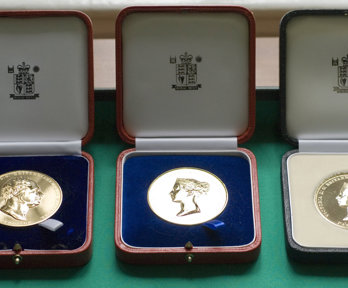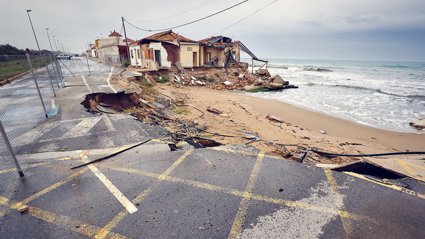
Q&A with Dr Robert Muir-Wood
Read our Q&A with 2025 Professional Geography Award recipient, Robert Muir-Wood.
Dr Robert Muir Wood is recipient of the Professional Geography Award 2025 for recognition of excellence in the use of geography in professional practice.
What did you want to be, or where did you want to work, when you were a teenager?
"Some area Earth science linked. Innovative, application focused, entrepreneurial, including writing and communication.
"I stayed a ‘student’ through doing a PhD and as a post-Doc without having a clue about my career destination (although I did develop a list of careers I was not prepared to follow)."
How did you get into this field of work?
"Catastrophe risk modelling did not exist when I started out in the 1980s. When I first heard of the idea (around 1990) to build a probabilistic model, with a synthetic catastrophe history, outputting a loss ‘exceedance probability’ curve from which to price risk, I thought 'wow' this has to have enormous application. I should work out how to get close to the action, which I did.
"The early pioneers were mathematical engineers: perhaps the greatest Weimin Dong at Stanford who had come to California in the first group of students allowed out of China after the Cultural Revolution.
"Many years later I had the pleasure of travelling in China with him."
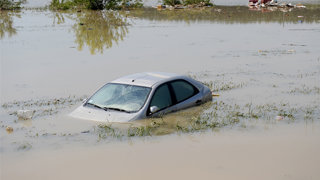
What has been the highlight of your career, regardless of how big or small, so far?
"All these opportunities opened up after getting New Scientist magazine to sponsor me on the 1980 RGS International Karakoram Project in northernmost Pakistan.
"When I went to see the editor Michael Kenward, the magazine was on strike, which gave me the opportunity to convince him to send me to write a series of feature articles on the different research areas of ‘mountain science’. I was most impressed by the research agenda for earthquakes."
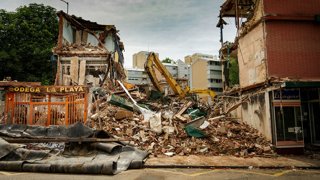
"Two months later I got the opportunity to be part of a Cambridge research team to survey and monitor a magnitude 7 earthquake in northern Algeria, where I got to meet the visiting structural engineers including Tidu Maini from Dames and Moore, setting up a new high tech engineering consultancy Principia Mechanica, which I joined to work on earthquake hazards, beginning a long term partnership with the brilliant risk mathematician Gordon Woo.
"In 1996 came the opportunity to open the London Office of the leading catastrophe modeler Risk Management Solutions (now part of Moody’s), and position the office to become the company centre for climate hazard (hurricane, windstorm, flood etc.) risk modeling."
What projects are you working on right now?
"I continue to work on expanding the domain of risk modelling. I have just given a keynote address at our international client conference around unmodelled risks.
"I am also very interested in expanding the application of risk modelling beyond insurance. I have recently promoted parametric covers, when a payout is triggered by measured windspeeds, hurricane central pressure or ground motion recording, and can be settled in days."
Do you have any advice for someone wanting to go into your field?
"Are you going to be someone who uses models or builds models? If the latter you need strong mathematics and code writing.
"However there are also many opportunities for candidates with a geography background. The model user will be interfacing with financial decisions around pricing and diversifying risk."
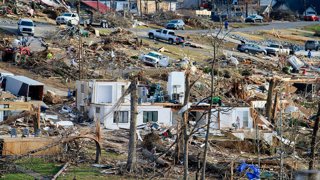
"Insurance used to be thought of as a low-tech backwater but it is now full of innovation and entrepreneurial opportunities, especially around catastrophe risk, when recent experience is not going to reveal everything that can happen. Demonstrate your enthusiasm by reading around the subject.
"'Rule number one' I tell students, 'work in an environment that is expanding', where there will be opportunities for career growth, taking on subordinates and new projects."
What legacy do you hope you’ll leave?
"I would like to succeed in promoting catastrophe ‘risk auditing’: that we measure latent casualties in disasters before they happen and then set targets to audit progress in risk reduction. I presented the arguments for independent risk auditing in my 2016 book The cure for catastrophe.
"In 2015 the city of Tokyo set itself five-year targets for reducing modelled earthquake casualties and losses but then quietly dropped them, I assume, because politicians realised they would miss the targets and therefore create avoidable negative publicity."
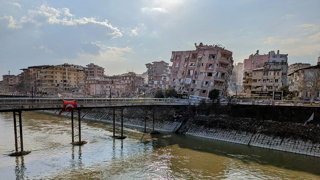
"More people will now die in some future catastrophe because the political leaders did not follow through. It is obscene we still have mass casualty earthquakes, as in eastern Turkey or Myanmar, when targets could have been set, and the dangerous buildings demolished or retrofitted for disaster reduction."
Sign up to our newsletters
We regularly host exhibitions as well as in-person and online events, including our Monday night lectures (members only) and regional events.
Would you like to stay up to date about our upcoming events and news? Log in, or create an account, and sign up for our newsletter.

